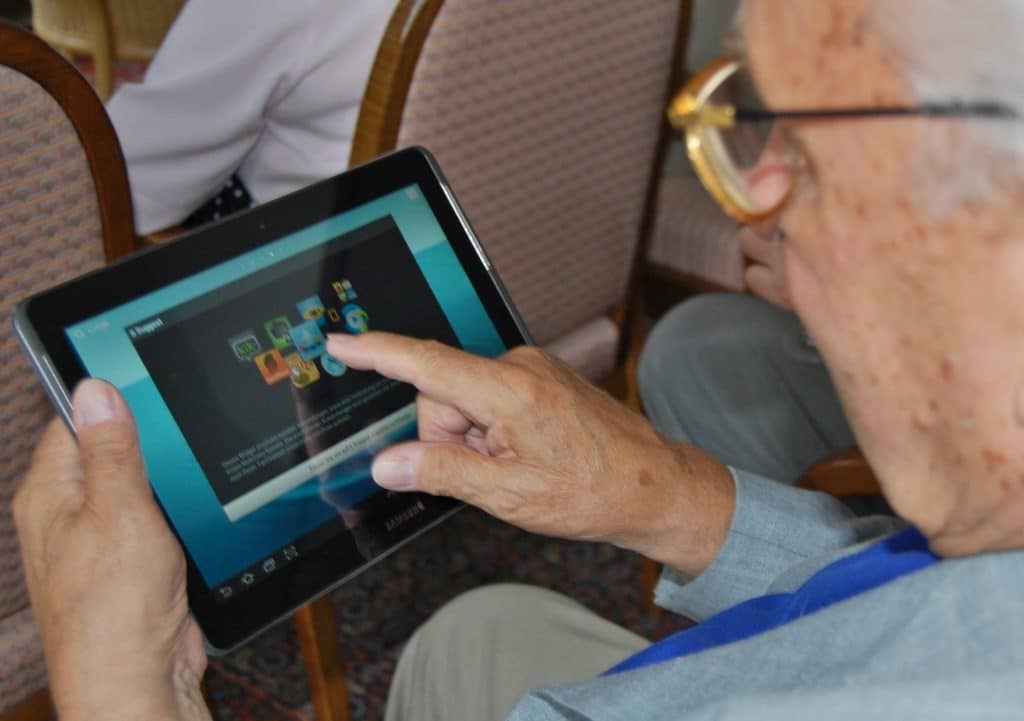
This post was originally published on Entrepreneur
There are many myths and misconceptions in marketing for the elderly that should be cleared up immediately. Brands often tend to overlook the over-65 demographic, believing that they aren’t tech savvy enough. Many also believe that older audiences aren’t willing to switch brand allegiance, and therefore aim for younger audiences, hoping to win them as lifetime clients.
While this was partially true a few years ago, today’s reality is much different. People 65 and over now live longer, and are more active and involved in the online world. Indeed, in 2014, 74 percent of people aged 65 and above owned a mobile device and more than 39 million had Facebook and Twitter profiles, according to Pew Research Center. The elderly are now the fastest growing group of social media users, and are using it for the exact same purposes as other age groups.
Brands should definitely not be overlooking this group, as they make up a significant share of the market. Here are a few tips on how to appeal to seniors when it comes to mobile marketing.
Creative yet simple
When creating mobile campaigns that target this age group, advertisers should keep in mind that KISS (keep it simple stupid) is the main rule of the game. Although they’re the fastest growing group of social media adopters and avid fans of mobile devices, it seems like people over 65 are mostly influenced by ads that are simpler in terms of both text and visuals.
When it comes to the text, use relatable language. Don’t include trendy phrases or slang words only high-schoolers understand. Try to be specific about the product or service that you’re advocating. Don’t be to “market-y” and vague, but rather state informative facts that will help your audience learn whether or not they can make use of the product.
The next lesson is something we learned firsthand while conducting A/B testing with two different ads for one of our clients. One of the ads featured a colorful photo collage, whereas the other presented a single photo of a woman on a light grey background. The ad that did significantly better was the latter, showing that simpler images that are pleasant to look at are more visually appealing to those aged 65 and older.
No nonsense
So after you’ve succeeded in pulling the consumer in and getting them to download your app, there’s another focal point you should be especially aware of: the user onboarding process.
An app’s onboarding process usually includes a few steps and requires the user to give away some personal information. If your onboarding process includes too many steps, doesn’t feel intuitive or bombards consumers with too many personal questions, you’re simply bound to lose users right then and there.
The over 65 audience did not grow up with technology as an inseparable part of daily life and therefore, many actions that feel natural to younger people, require them to think twice. To make life easier for them, be sure to simplify any in-app processes, enlarge small buttons and text and explain each time you request personal information, why you need it and how it’s going to improve their experience.
Now is the time for more companies to realize the potential of this market and learn to target it with non-stereotypic, tech-savvy yet simple campaigns.







